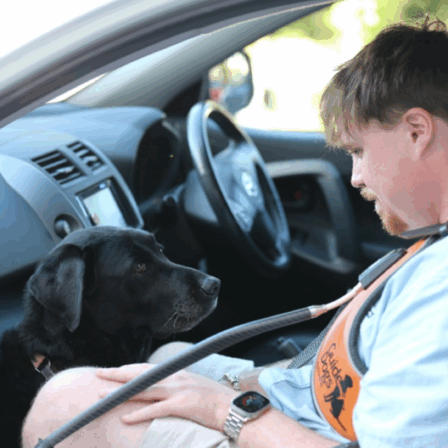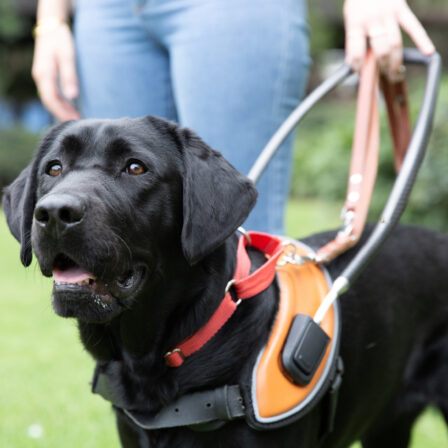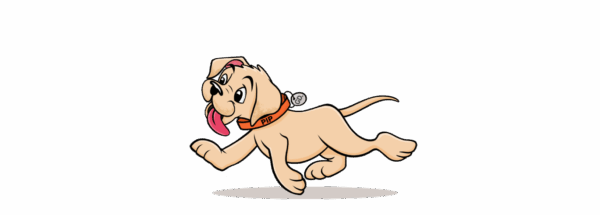News
Do you know what this part of the footpath is for?

Most of us walk on footpaths every day, but a lot of people don’t realise one part of the path is actually very important.

The raised dot and dash patterns you often see on footpaths actually make up a braille trail, which can be followed by a person with low or no vision who is using a cane.
The ridges show the direction the person is travelling in and raised bumps indicate a warning, such as the end of a footpath or change in direction. You will often notice these raised bumps at places like train platforms and traffic lights.
Sighted people often stand or walk on braille trails, blocking the path of people who are blind or vision impaired without even realising. This can have a major impact, with a recent Guide Dogs Australia survey revealing almost half of cane users had been knocked over, injured or had their cane broken by someone walking into them in the last two years.
You can make a real difference by staying off braille trails as much as possible and being mindful of the people around you. Please keep the braille trails clear for members of the community who rely on them to navigate safely and independently.










